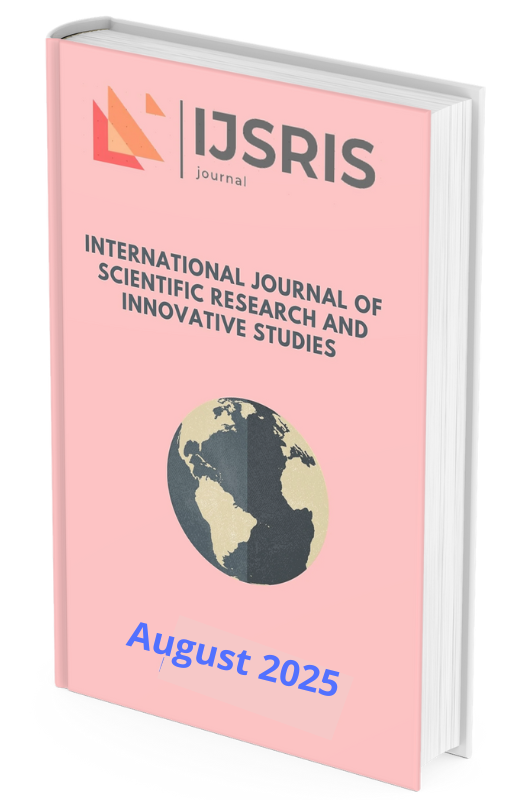Public communication and organisational performance in Morocco: systemic analysis of institutional practices
DOI:
https://doi.org/10.63883/ijsrisjournal.v4i4.478Abstract
Today, public communication has become a structural component of governance and performance for organisations. In the Moroccan context, which is highly digitised and undergoing profound administrative reforms, public communication has become a means of modernisation, transparency and institutional efficiency. This article aims to provide an empirical and systemic assessment of public communication within Moroccan administrations. Drawing on Anthony Giddens' structuration theory and Mucchielli and Morin's systemic approach, the study describes the mechanisms, internal interactions and information flows that constitute communication mechanisms and their impact on the performance of public organisations. A mixed survey of 325 civil servants and 12 senior managers describes the role of communication and its internal strengths and tensions as a driving force for institutional transformation. In its relationship with digital technology and its expectations as a system, public communication in Morocco has elements of self-organisation and, consequently, innovation, coordination and consistency at the organisational level.
Keywords: public communication, system, governance, structuration theory, systemic approach, Moroccan administration, institutional innovation.
Received Date: July 19, 2025
Accepted Date: August 11, 2025
Published Date: August 30, 2025
Available Online at https://www.ijsrisjournal.com/index.php/ojsfiles/article/view/478
Downloads
Downloads
Published
How to Cite
Issue
Section
License

This work is licensed under a Creative Commons Attribution-NonCommercial-NoDerivatives 4.0 International License.
Articles in IJSRIS Journal are published in open access under the Creative Commons Attribution License (CC BY) (https://creativecommons.org/share-your-work/cclicenses


































